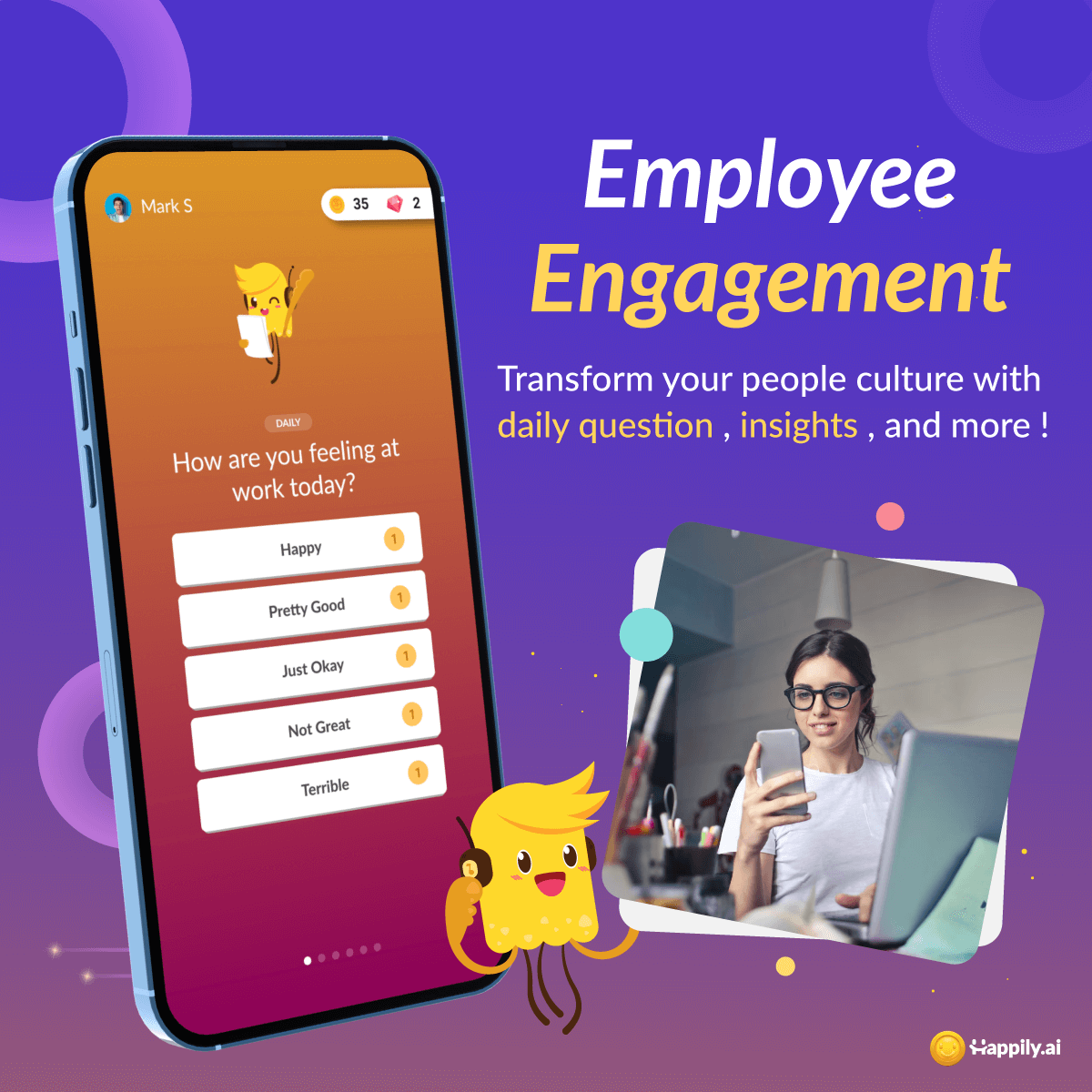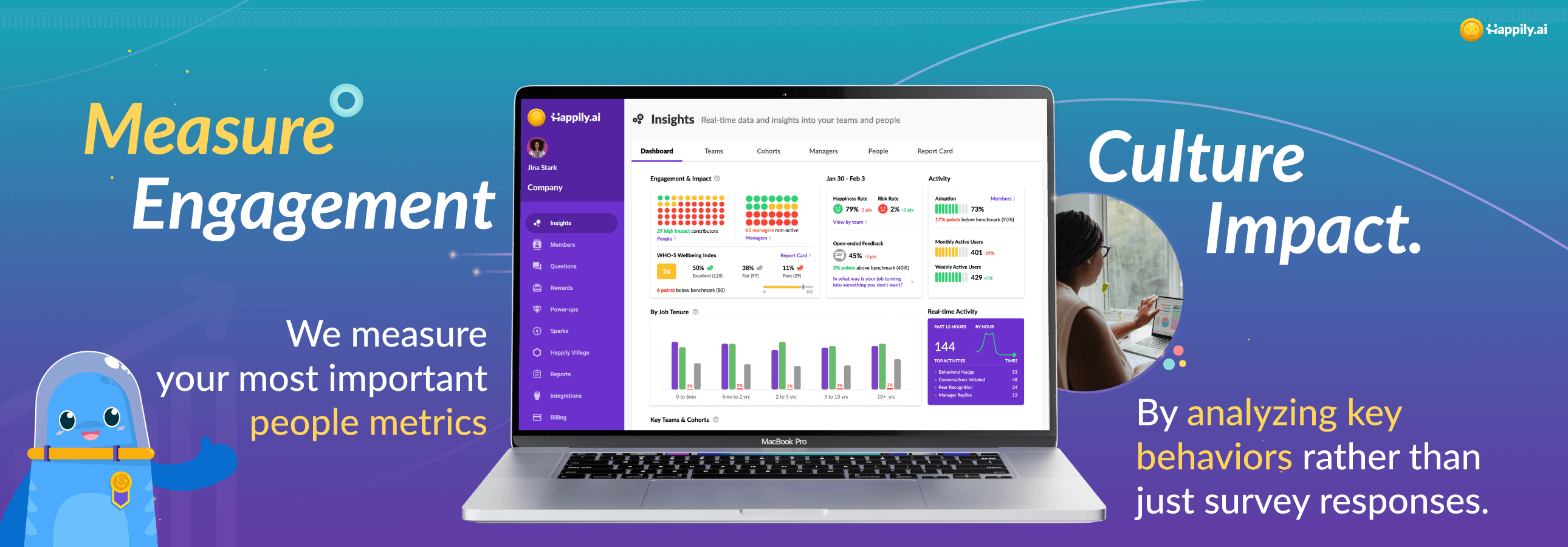Creating a happy workplace is essential for employee satisfaction and productivity. Employee engagement surveys are a powerful tool to understand what employees are thinking and feeling and identify areas for improvement. But, where do you start when it comes to running an effective survey?
Don't worry, we have you covered! In this article, we'll share a step-by-step guide on how to run an employee engagement survey that will give you valuable insights into your workplace culture. Whether you're a small business owner or a HR manager, this guide will help you gather the information you need to create a happier and more productive work environment.
A step-by-step guide to running an effective employee engagement survey
- Define Your Objectives: Start by defining the objectives of your employee engagement survey. What do you want to achieve, and what information do you want to gather? This will help you to design the survey and determine what questions to include.
- Choose the Right Survey Tool: Choose the right survey tool for your needs. There are many options available, including online survey tools, paper surveys, or in-person interviews. Consider your budget, time constraints, and the type of information you want to gather when selecting a survey tool.
- Design the Survey: Design the survey to be clear, concise, and easy to complete. Make sure that the questions are relevant and well-structured, and avoid asking too many questions that are not related to your objectives.
- Select the Right Participants: Select the right participants for your survey. This could be all employees, a sample of employees, or specific departments or teams. Consider the size of your organization and the objectives of your survey when selecting participants.
- Promote the Survey: Promote the survey to ensure that employees are aware of it and understand why it is important. Encourage participation and let employees know that their feedback is valued and will be used to improve the workplace.
- Analyze the Results: Analyze the results of the survey and identify areas for improvement. Look for patterns and trends in the data, and use the results to develop action plans to address any areas of concern.
- Communicate the Results: Communicate the results of the survey to employees and let them know what you plan to do with the information. Provide regular updates on any action plans and let employees know how their feedback has been used to improve the workplace.

Employee Engagement Surveys Made Easy
Turn your survey questions into feedback and relationship-building tools.
Tips on how to promote the your engagement survey
Promoting the engagement survey is a critical step in ensuring that you receive a high response rate and gather valuable information. Here are some techniques you can use to promote the survey and maximize responses:
- Personalize the Invitation: Personalize the invitation to the survey by using the employee's name and explaining the purpose of the survey. This will help to increase the likelihood of the employee participating.
- Provide Incentives: Provide incentives for participating in the survey, such as a chance to win a prize or a discount on company products or services. This can help to increase participation and motivate employees to provide honest feedback.
- Make it Easy: Make the survey as easy and accessible as possible. Provide a clear and concise survey, and ensure that it is available online or in print, so that employees can complete it at their convenience.
- Encourage Manager Support: Encourage manager support by having managers encourage their teams to participate in the survey and discuss the results with them. This can help to increase participation and create a sense of accountability.
- Communicate the Importance: Communicate the importance of the survey to employees. Explain how the results will be used to improve the workplace, and let employees know that their feedback is valued and will be used to create a better work environment.
- Follow Up: Follow up with employees who have not yet participated in the survey. A friendly reminder can help to increase participation and ensure that you receive the information you need.
In conclusion, running an effective employee engagement survey requires careful planning, attention to detail, and a commitment to using the results to improve the workplace. By following the steps outlined in this article, you can gather valuable insights into employee satisfaction and well-being and use that information to create a more positive and productive work environment.
However, the process of running an employee engagement survey can be time-consuming and challenging. That's where an employee engagement tool like Happily.ai can help. Happily.ai is an AI-powered platform that makes the process of running an employee engagement survey easy and seamless. With Happily.ai, you can drive continuous improvement and achieve significant business outcomes, all while ensuring that your employees are happy and engaged. So why not give it a try and see the benefits for yourself?










